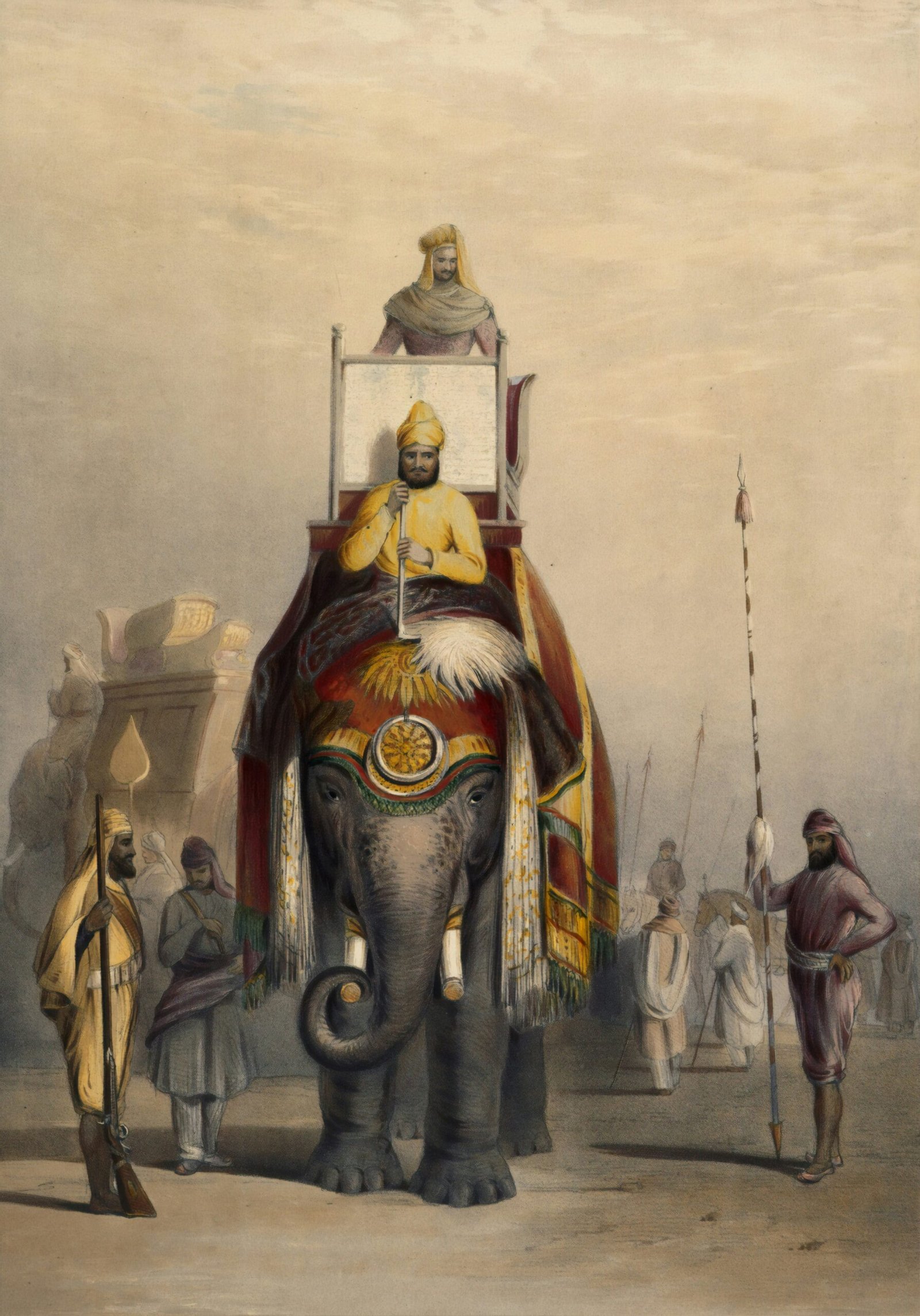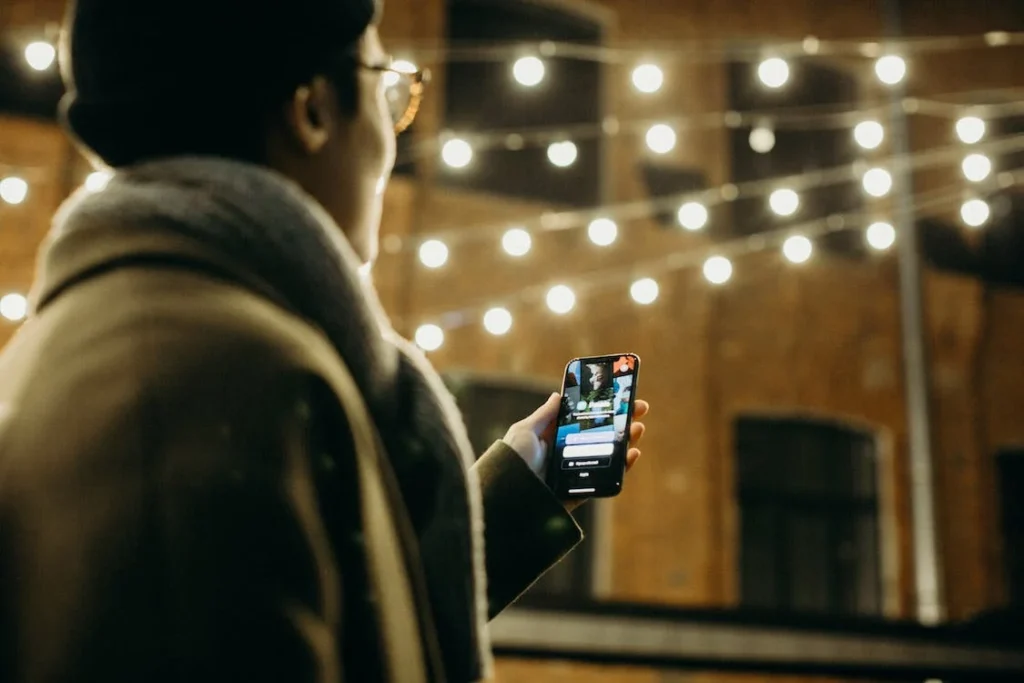Understanding Native Advertising
Definition of Native Advertising
Native advertising is a form of online media advertising where an advertisement is designed to match the look and feel of the other content on a website. This approach aims to blend seamlessly into the surrounding material, thereby enhancing the user experience rather than interrupting it. Unlike traditional banner ads, native ads are structured to avoid the obvious appearance of promotional content, making them more effective at engaging users.
These ads can be found across various platforms, including social media sites, blogs, and websites, often identified by subtle indicators such as “sponsored,” “recommended,” or an accompanying icon. The objective of native advertising is to create paid content that appears as a natural part of the media, maintaining consistency with the platform’s style and audience expectations.
Importance of Native Advertising
The significance of native advertising lies in its unique ability to engage audiences without disrupting their experience. By merging seamlessly with organic content, native ads can increase user trust and engagement. This ensures that viewers are more likely to consume the content rather than skipping over it, as is often the case with distinct display ads.
Moreover, native advertising has been shown to improve brand recognition and recall. Brands that utilize this approach can effectively tell their stories while providing valuable information or entertainment to their audience, enhancing overall brand perception.
Furthermore, native advertising is versatile, allowing for various formats and applications across different platforms. Its inherent adaptability means you can leverage native advertising in conjunction with other marketing strategies, such as content marketing services and affiliate marketing programs, to maximize your brand’s reach and impact.
As digital marketing continues to evolve, the significance of native advertising in capturing user attention and fostering connections will only grow. Embracing this advertising method can position your brand positively in the competitive digital landscape.
Types of Native Advertising
Native advertising encompasses various formats designed to blend seamlessly with the platform on which they appear. Understanding these types can help you effectively utilize native ads to engage your target audience.
In-Feed Ads
In-feed ads are integrated within the content feed of social media platforms and websites, appearing as part of the regular content users engage with. For example, a fitness influencer might share a post labeled as “Sponsored,” promoting a fitness-related product. This format allows brands to reach users in a more organic manner as the ads do not disrupt the browsing experience (PropellerAds).
| Feature | Description |
|---|---|
| Placement | Within social media feeds or websites |
| Labeling | Typically marked as “sponsored” or “promoted” |
| User Experience | Blends with regular content, enhancing engagement |
Sponsored Content
Sponsored content involves articles or posts created in collaboration with brands, often intended to provide valuable information while promoting a product or service. For instance, a food brand may publish an article about healthy breakfast ideas on a news site, providing insights while subtly promoting its offerings.
| Feature | Description |
|---|---|
| Placement | On news or entertainment sites |
| Intent | Provides informative content while promoting a brand |
| Engagement | Encourages interaction through valuable insights |
Recommended Content
Recommended content serves as native advertising by promoting articles that align with a user’s interests. This type of ad appears on blogs or news websites, where suggested articles are displayed alongside existing content. These recommendations add value by connecting users to relevant topics, enhancing their overall experience (PropellerAds).
| Feature | Description |
|---|---|
| Placement | On blogs or content-heavy websites |
| Adaptability | Tailored to user interests |
| Value Added | Connects users to relevant information |
Native Video Ads
Native video ads integrate high-quality videos into streaming platforms, enhancing the viewing experience without disrupting it. These ads often feature engaging storytelling and production quality that resonates with viewers, increasing the likelihood of engagement.
| Feature | Description |
|---|---|
| Placement | Streaming platforms and video content sites |
| Format | High-quality video embedded within viewing experience |
| Engagement | Captivates users through storytelling |
Content Recommendation Ads
Content recommendation ads promote articles or videos that are relevant to the viewer’s interests, often appearing at the end of articles or on the sidebar of websites. These ads help keep users engaged by suggesting additional content, which can include sponsored articles or promotions.
| Feature | Description |
|---|---|
| Placement | Sidebar or footer of content-heavy websites |
| Relevance | Tailored recommendations based on user behavior |
| User Engagement | Encourages further content exploration |
By understanding these types of native advertising, you can better strategize your marketing approach and utilize native ads to reach and engage your audience effectively. For more insights, explore related topics, including digital marketing agencies and content marketing examples.
Benefits of Native Advertising
Native advertising offers numerous benefits that can significantly enhance your marketing strategy. As a CEO, business owner, or marketing executive, understanding these advantages is crucial for staying competitive in the digital landscape.
Trust and Engagement
One of the standout benefits of native advertising is its ability to build trust with consumers. Research shows that 75% of consumers trust native ad content more than traditional advertisements because it feels more like organic posts, seamlessly blending into the user experience on websites and social media channels (Single Grain). This trust leads to higher engagement rates, as users are more inclined to interact with content that they perceive as valuable rather than intrusive.
| Consumer Trust in Native Advertising | Percentage of Trust |
|---|---|
| Trust Native Ads | 75% |
| Trust Other Types of Ads | Lower |
Furthermore, over 80% of news consumers report that encountering ads within news environments strengthens their trust in the advertised brands. This elevated trust can enhance your overall brand reputation and foster stronger relationships with your audience.
Brand Awareness
Brand awareness is vital for the success of any marketing campaign, and native advertising excels in this area. Native ads have been found to increase brand awareness more effectively than other marketing methods, such as traditional social media posts. In studies, participants viewed native ads more favorably, resulting in higher engagement levels compared to other types of content.
This heightened brand awareness contributes to better recognition and recall among consumers, making it easier for them to associate your product or service with their needs.
| Effect on Brand Awareness | Comparison with Other Methods |
|---|---|
| Increased Awareness | High |
| Engagement Level | Higher than Social Media |
Effectiveness and Engagement
Native ads are renowned for their effectiveness in engaging target audiences while minimizing ad fatigue. Unlike traditional advertisements that may feel disruptive, native ads offer a non-intrusive user experience, resulting in higher click-through rates (CTRs) and engagement. This ability to remain discreet allows them to capture consumer attention without overwhelming or annoying potential customers.
Additionally, the integration of native ads with relevant content can lead to better overall performance for publishers, ultimately benefitting the brands that invest in this marketing strategy. By leveraging native advertising, you not only enhance your engagement metrics but also establish a memorable presence in consumers’ minds.
| Benefits of Native Advertising | Impact |
|---|---|
| Non-Disruptive Experience | High CTR |
| Better Engagement | Increased Brand Recognition |
In summary, utilizing native advertising can significantly enhance your marketing efforts by building trust, improving brand awareness, and driving effective engagement with your target audience. Consider implementing these strategies in your overall integrated marketing communications for optimal results.
Examples of Native Advertising
Examining successful native advertising examples can provide valuable insights and inspire your own marketing strategies. Here are notable campaigns that effectively utilized native advertising.
Land Rover: Dragon Challenge
Land Rover launched a captivating native advertising campaign that showcased a suspenseful video featuring a Range Rover SUV driving up the stairs to the Heaven’s Gate landmark in China. This striking visual aligned perfectly with the brand’s values of excellence and adventure. By capturing attention in an engaging format, Land Rover reinforced its identity and effectively communicated its brand message.
Mercedes: “The Rise of the Superhuman”
Mercedes ran a compelling native advertising campaign titled “The rise of the superhuman.” This campaign focused on various emerging technologies that aim to turn people into “superhumans.” By seamlessly connecting the brand with the idea of cutting-edge excellence, Mercedes was able to position itself as a forward-thinking leader in the automotive industry.
Leica CINE-1: Laser TV Campaign
The Leica CINE-1’s native advertising campaign, developed in partnership with Outbrain Brand Studio, highlighted Leica’s first laser TV using rich media ad formats. This strategy offered engaging brand experiences to the target audience, resulting in a significant impact — one-third of users reported increased likelihood to purchase the CINE-1 after viewing the ad.
KitchenAid®: “A Woman’s Place”
KitchenAid® collaborated with Vox Creative to produce the powerful native campaign titled “A Woman’s Place.” This initiative showcased the stories of three women in professional kitchens, addressing biases and empowerment issues that female chefs face. The campaign culminated in a Tribeca award-winning short film in 2021, highlighting the brand’s commitment to social issues.
COS: “New Vision of Everyday Luxury”
COS, a contemporary fashion brand, teamed up with Le Monde for the native advertising campaign “New Vision of Everyday Luxury.” This campaign featured a visually appealing clickable ‘carousel’ format, telling a compelling story about its spring-summer 2024 collection set against the stunning backdrop of the Mexican seaside. By leveraging a unique format, COS enhanced user interaction and engagement with the brand’s storytelling.
Exploring these native advertising examples not only highlights creative marketing strategies but also underscores the importance of aligning your brand’s messaging with consumer interests. To stay updated on various marketing strategies and methods, consider reviewing related topics like digital marketing agencies or content marketing services.
Emerging Trends in Native Advertising
Native advertising is continuously evolving, influenced by changes in technology, consumer preferences, and market dynamics. Understanding the latest trends helps you stay ahead in the fast-paced marketing landscape.
Native Advertising Formats
There are various formats of native advertising, all designed to integrate seamlessly with regular content. Key formats include:
| Format | Description |
|---|---|
| In-Feed Ads | Ads placed within content feeds on platforms like social media, appearing like regular posts. |
| Sponsored Content | Articles or segments created by brands that provide valuable insights, clearly marked as “Sponsored.” (AudienceX) |
| Recommended Content | Suggestions for additional reading, often tailored to user interests based on prior behavior. |
| Native Video Ads | Video advertisements that resemble regular video content, often designed for storytelling. |
| Content Recommendation Ads | Ads that recommend other content to engage users, enhancing the reading experience. |
These formats allow you to create engaging and relevant ads that resonate with your target audience.
Evolving Industry Trends
The landscape of native advertising is expanding, with increasing adoption across various platforms and industries. Native advertising is no longer limited to traditional media. It is making strides in new areas such as gaming and virtual reality, providing innovative ways to reach consumers (Clearcode). Moreover, native ads deliver better return on investment (ROI) and engagement rates compared to traditional banner ads, highlighting their effectiveness in reaching users.
Key Statistics
- Native ads generate higher engagement rates than banner advertisements.
- The effectiveness of native advertising is evident in its growing presence on social networks and digital platforms.
Controversies and Challenges
While native advertising holds great potential, it also faces challenges and controversies. The main concern revolves around transparency. Consumers often struggle to differentiate between paid content and regular editorial content, leading to potential deception if not clearly marked. A notable example was The Atlantic’s sponsorship controversy, which raised questions about maintaining the separation between editorial integrity and commercial interests (Clearcode).
To comply with advertising regulations and maintain trust, brands must ensure that sponsored content is clearly labeled as “Sponsored” or “Partner Content.” Managing these challenges is vital for retaining consumer trust and maximizing the impact of your native advertising strategies. Exploring best practices for authentic communication will further solidify your brand’s reputation in the ever-evolving landscape of marketing.
For more insights on effective marketing strategies, consider exploring various types of marketing such as email marketing campaigns and influencer marketing platforms.





















